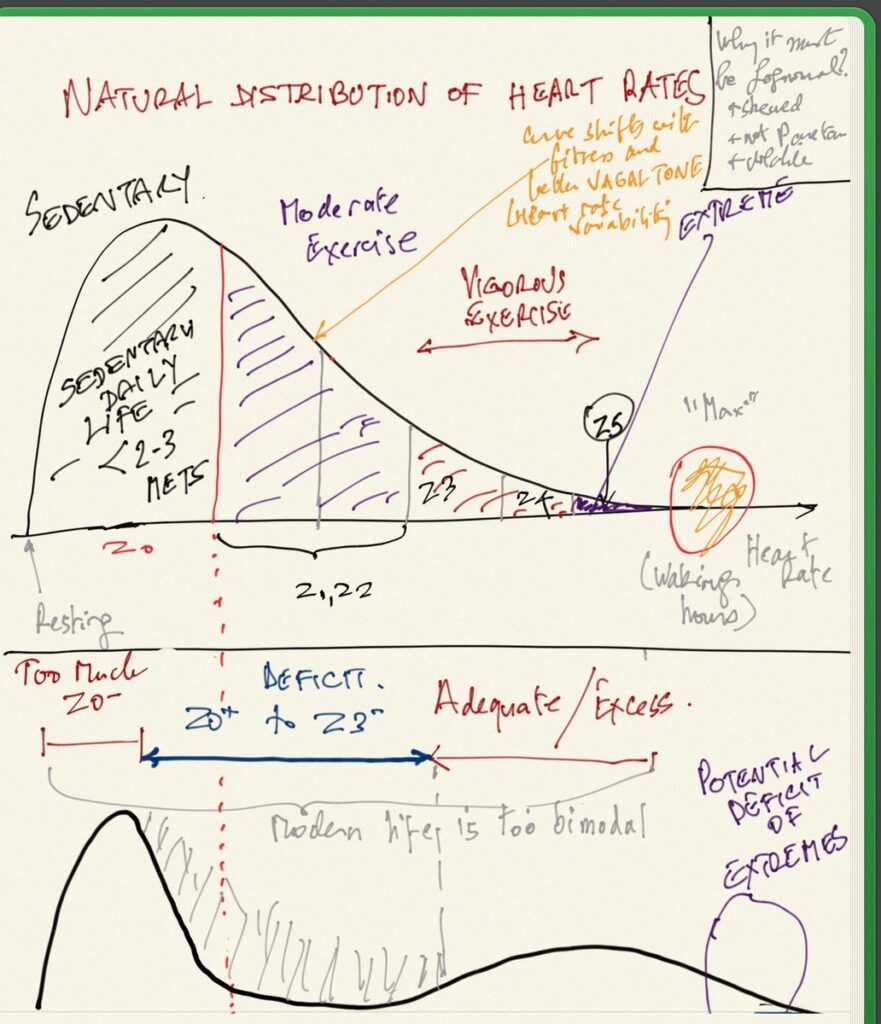Nassim Nicholas Taleb teases his upcoming book ‘The Lydian Stone,’ set for a 2025 release.
Category: Writing
[New Version] Informational Rescaling of PCA Maps with Application to Genetic Distance
A new version of the paper using entropy-based Principal Components maps for genetic distance (vs Gaussin correlation-based methods). Applied to the PCA of the entire world population, relative distances are markedly different!
Link to the paper – https://arxiv.org/pdf/2303.12654.pdf
Working With Convex Responses: Antifragility From Finance to Oncology
Link to article – www.mdpi.com/1099-4300/25/2/343
[Medium] Bitcoin is the Detector of Imbeciles

On The Cluster of Charlatans, Zero Interest Rate Virgins, & Crypto Tumors
Interview with Laeticia Strauch-Bonart in L’Express (French magazine), translated.Last year, 2022 was not of much respite for cryptocurrencies. While bitcoin has lost more than 60% of its value, the entire sector is in crisis, punctuated by various bankruptcies such as those of Terra and FTX. The phenomenon is the consequence, according to scholar and former trader Nassim Nicholas Taleb, of the low-interest rate “Disneyland” economy in which we have been living for fifteen years. A “cluster” was formed: Pro-putin, climate and Covid deniers, carnivores, and crypto culties, that Taleb, a former crypto hopeful but a fierce opponent since 2021, has decided to attack head-on.
Continue reading on Medium: medium.com/incerto/bitcoin-is-the-detector-of-imbeciles-e5cc5eeccdbf
[Medium] How I write

(Preface to the 15th year Italian edition of The Black Swan)
Imet Luca Formenton, Saggiatore’s capo twenty years ago, in April 2002, in the eternal city, in a mozzarella bar-terrace near the parliament. I spoke in highly ungrammatical Italian; he addressed me in impeccable English, a practice we have sort of maintained for twenty years. That was the period when I very badly wanted to satisfy my failed childhood dream to produce literature, but everything conspired to stop me from partaking of that highly protected genus.
Continue reading on Medium: medium.com/incerto/how-i-write-8b495eae0330
This overhyped Zone 2 must not be discrete

Heart rates must be Lognormal in distribution. Simply, it is not possible to have a negative heart rate and at low variance (and a mean > 6 standard deviations away from 0), the lognormal behaves like a normal.
Incidentally I failed to understand from San-Millan’s paper(s) the 2 mmol lactate threshold claimed in the podcast with Petter Attia and elsewhere. I don’t see a threshold. Even for athletes (top graph below) there is a mix outside asymptote (Lactate >5 mmol becomes 0 fat oxidation).
Link to full article – https://fooledbyrandomness.com/blog/2022/10/16/this-overhyped-zone-2-training-must-not-be-discrete/
Detecting BS in Correlation Windows

Financial theory requires correlation to be constant (or, at least, known and nonrandom). Nonrandom means predictable with waning sampling error over the period concerned. Ellipticality is a condition more necessary than thin tails, recall my Twitter fight with that non-probabilist Clifford Asness where I questioned not just his empirical claims and his real-life record, but his own theoretical rigor and the use by that idiot Antti Ilmanen of cartoon models to prove a point about tail hedging. Their entire business reposes on that ghost model of correlation-diversification from modern portfolio theory. The fight was interesting sociologically, but not technically. What is interesting technically is the thingy below.
Link to full article – https://fooledbyrandomness.com/blog/2021/11/24/detecting-bs-in-correlation-windows/
[Twitter] Maximum Ignorance Probability, with Application to Surgery’s Error Rates
A maximum entropy alternative to Bayesian methods for the estimation of independent Bernouilli sums.
On Heart Rate Variability (HRV) and Its Mismeasurement
HRV appears to be ill-defined in papers and regressions; using logged variables fixes the problem.
Link to paper – fooledbyrandomnessdotcom.wordpress.com/on-heart-rate-variability-mismeasurement/
Nassim completes 3rd edition of The Bed of Procrustes
Nassim tweeted that he added more aphorisms on the 3rd edition of his book, The Bed of Procrustes: Philosophical and Practical Aphorisms.
The Bed of Procrustes: Philosophical and Practical Aphorisms is a philosophy book by Nassim Nicholas Taleb written in the aphoristic style. It was first released on November 30, 2010 by Random House. An updated edition was released on October 26, 2016 that includes fifty percent more material than the 2010 edition.
